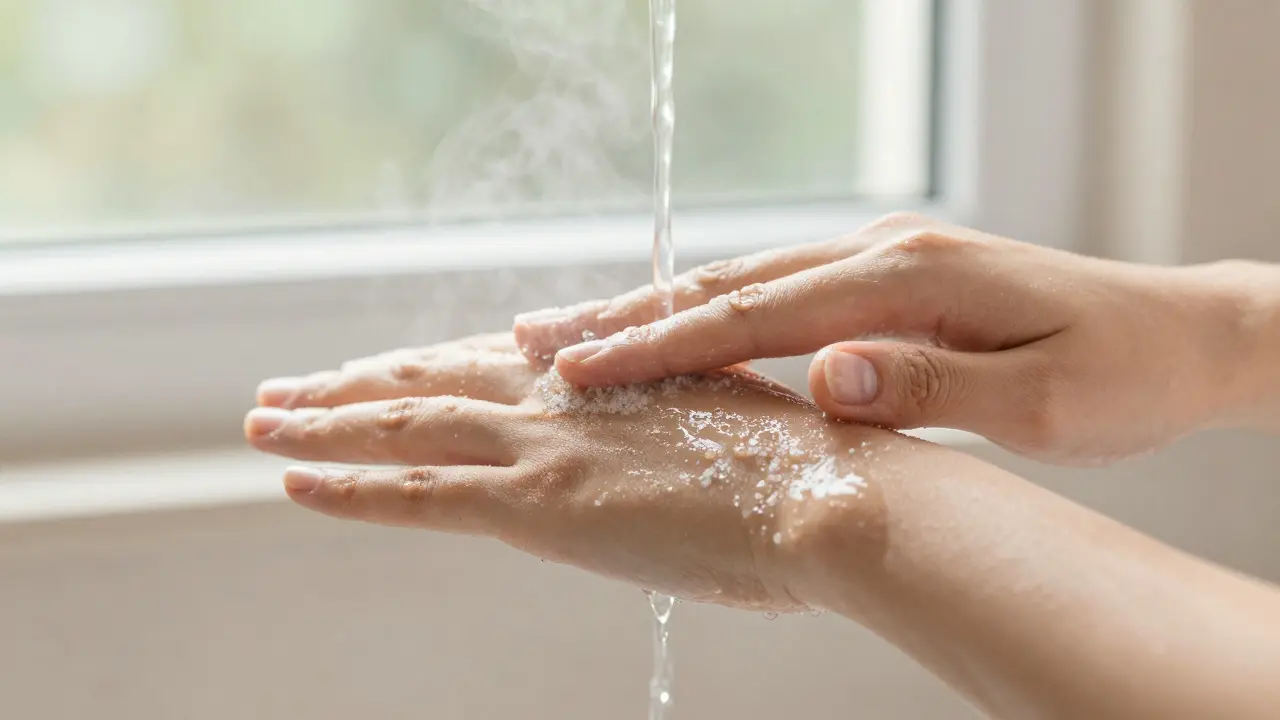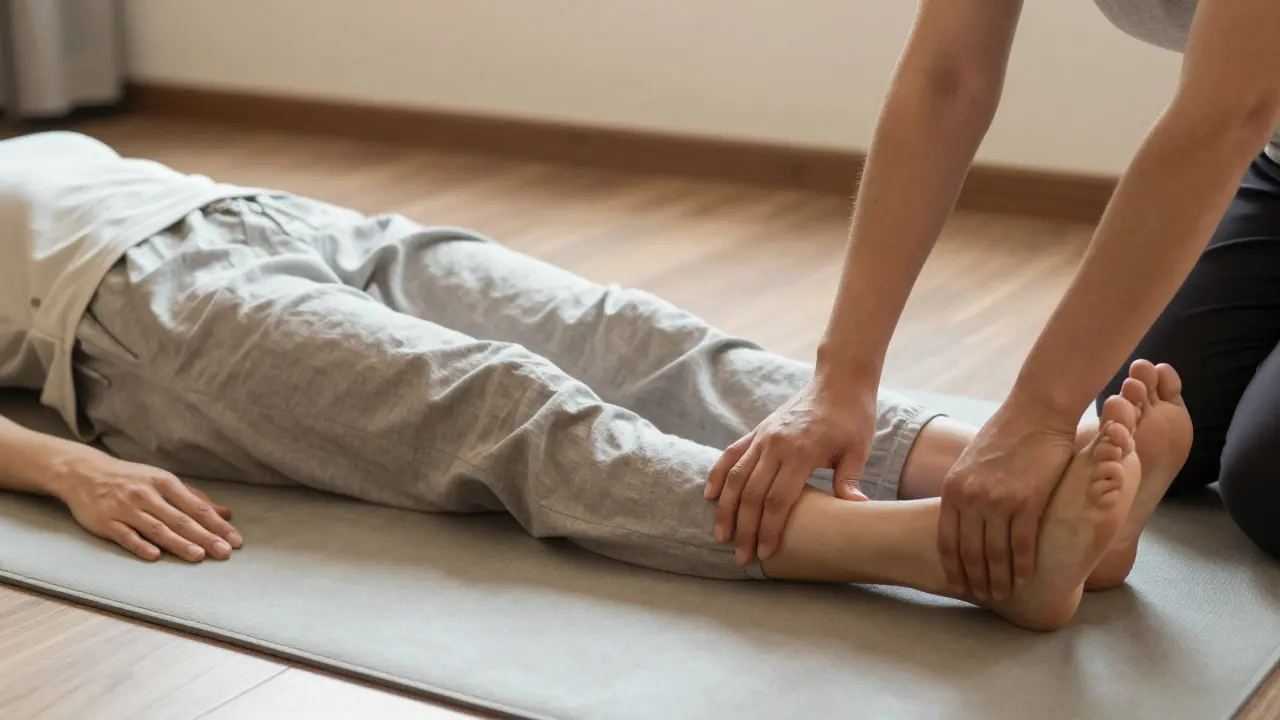Cupping Mistakes: How to Avoid Common Pitfalls
When you hear the term Cupping Mistakes, errors people often make while using cupping therapy. Also known as cupping errors, it can turn a relaxing session into an uncomfortable one. Understanding these blunders helps you keep the benefits of cupping without the unwanted bruises or skin irritation.
First, let’s talk about Cupping Therapy, a traditional practice that uses suction cups to lift the skin and improve circulation. The therapy works best when you control Suction Pressure, the amount of vacuum created inside the cup and match it to the client’s comfort level. Too much pressure or leaving cups on too long leads to dark, lingering marks. Those marks are often confused with injuries, but they’re actually a sign of excessive suction. When you see Dark Cupping Marks, deeply colored spots that appear after a session, it usually means the practitioner applied too much force or skipped proper skin preparation.
Here are three simple rules that cut down on mistakes: 1) Start with low suction and increase gradually – this lets the skin adapt and reduces the risk of bruising. 2) Keep the skin clean and slightly moisturized; dry or oily skin can cause the cup to slip, forcing you to over‑suck. 3) Limit the time per spot to 5‑7 minutes; longer exposure intensifies the marks and may cause tissue stress. Following these steps not only prevents unwanted side effects but also enhances the therapeutic effect. cupping mistakes are easy to spot once you know what to watch for, and fixing them makes every session more pleasant.
What Comes Next
Below you’ll find a collection of articles that dive deeper into each of these areas— from proper suction techniques to post‑cupping skin care. Whether you’re new to cupping or looking to fine‑tune your practice, the posts will give you actionable advice you can start using right away.






